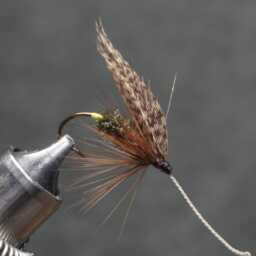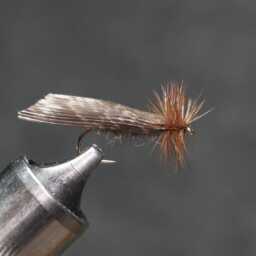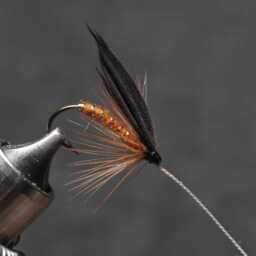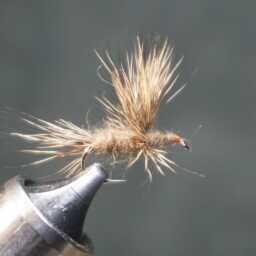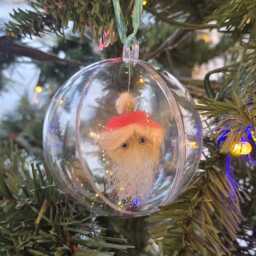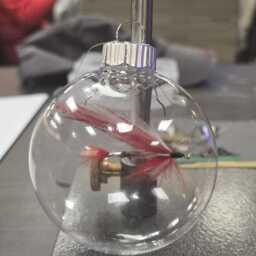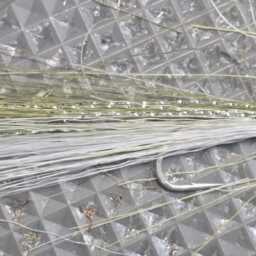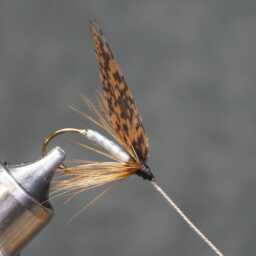Peafowl is a collective term for three bird species: two from the genus Pavo and one from the closely related genus Afropavo, all within the tribe Pavonini of the family Phasianidae. Male peafowl are known as peacocks, while females are referred to as peahens.
The two Asiatic species include the blue or Indian peafowl (Pavo cristatus), native to the Indian subcontinent, and the green peafowl (Pavo muticus), found in Southeast Asia. The Congo peafowl (Afropavo congensis), which is native to the Congo Basin, is not a true peafowl.
Male peafowl are famous for their piercing calls and extravagant plumage. This is particularly evident in the Asiatic species, which feature an eye-spotted “tail” or “train” of covert feathers displayed during courtship rituals. The functions of these elaborate iridescent feathers and large trains have sparked scientific debate. Charles Darwin suggested they evolved through sexual selection to attract females. More recently, Amotz Zahavi proposed the handicap principle, suggesting these features serve as honest signals of male fitness, as less fit males would struggle to survive with such conspicuous traits.
A group of peacocks is called an “ostentation” or a “muster.”
The Indian peacock boasts iridescent blue and green plumage, while the female, or peahen, has a more subdued mix of grey, brown, and green. The peacock’s train is composed of elongated upper tail coverts, not tail quill feathers, and is marked with eyespots visible when the tail is fanned.
Male green peafowls have green and bronze or gold plumage with black wings that shimmer with blue. Unlike the Indian peafowl, the green peahen resembles the male but has shorter upper tail coverts, a more coppery neck, and less iridescence. Both genders possess spurs.
The Congo peacock male uses shorter tail feathers for courtship displays, which are less pronounced than those of the Indian and green species. Females of the Indian and African species exhibit dull grey or brown plumage.
Peafowl chicks of both sexes are cryptically colored, ranging from yellow to tawny with darker brown or light tan patches. Interestingly, mature peahens can sometimes develop male-like plumage and calls, a phenomenon linked to hormonal changes due to aging or damaged ovaries.
The vibrant iridescent colors of peafowl plumage are produced not by pigments but by structural coloration. The feathers contain nanostructures that cause optical interference, creating the vivid colors. These structures, known as photonic crystals, reflect light in a way that varies with viewing angle, resulting in the iridescence for which peacocks are renowned.
« Back to Glossary Index
